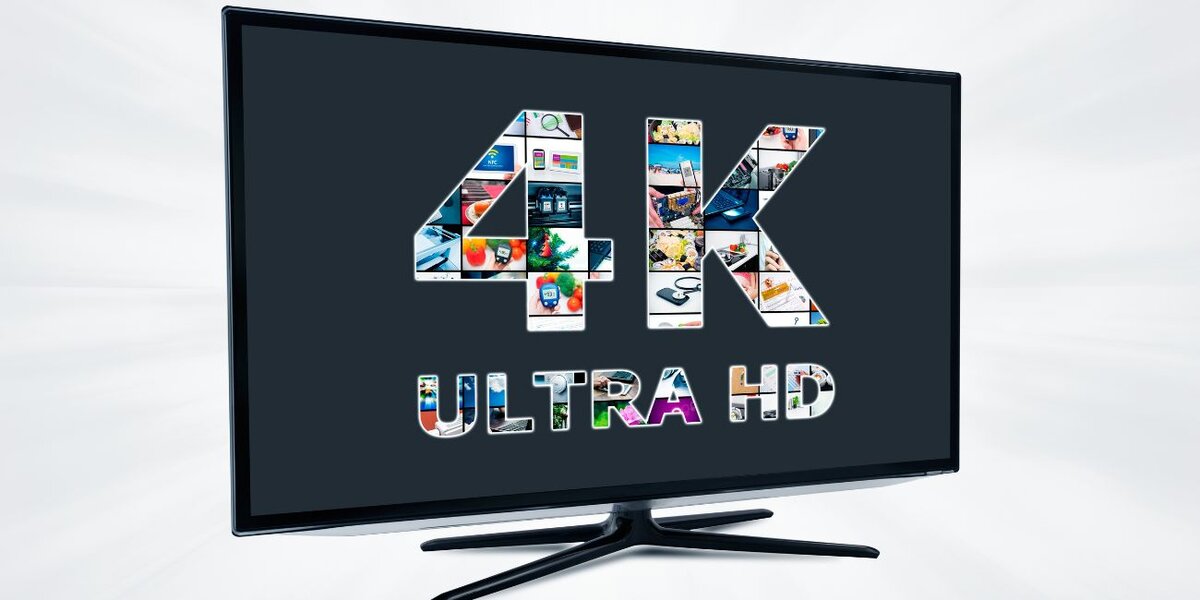If you’ve walked into any electronics store or browsed online for a new TV lately, you’ve probably seen the term “4K Ultra HD” all over the place. But what does it mean? And is it better than Full HD or 1080p?
4K has become the go-to resolution for most modern TVs, streaming platforms, and even gaming consoles. In this article, we’ll break it down in plain terms—what 4K means, how it compares to older formats, and whether it’s something you should care about.
What is 4K Ultra HD?

4K Ultra HD, often simply referred to as 4K, is a screen resolution that measures 3840 pixels across and 2160 pixels down. That gives you a total of over 8 million pixels on the screen. The term “Ultra HD” simply refers to it being a step above Full HD (which is 1920 x 1080).
So why is it called “4K”? It results from the horizontal resolution being approximately 4,000 pixels wide. While actual “cinema 4K” is slightly wider, Ultra HD 4K is the standard used for TVs and home entertainment. The key thing to know is that more pixels mean more detail, especially on large screens.
How Is 4K Different from Full HD?
Let’s compare the numbers. A Full HD (1080p) screen has about 2 million pixels. A 4K screen has over 8 million. That’s four times as many pixels packed into the same space, resulting in sharper images and finer details.
You’ll notice the most significant difference on larger screens. On a 55-inch or 65-inch TV, 4K gives a much crisper picture than 1080p. It also lets you sit closer to the screen without seeing individual pixels, which makes it feel more immersive.
If you’re watching high-quality content or playing modern games, the difference is noticeable.
What Makes a TV Truly “4K”?
Not all TVs labelled as 4K offer the same experience. A true 4K TV should meet specific technical standards.
Look for these features:
- A native 3840 x 2160 panel (not just upscaled)
- HDMI 2.0 or higher support for 4K signal
- HDR support for better colours and brightness
- A refresh rate of 60Hz or 120Hz
- Innovative features that support 4K streaming apps like Netflix or YouTube
Just seeing “4K” on the box isn’t enough. Check the specifications to ensure you’re getting the genuine item.
What Content Is Available in 4K?
When 4K TVs first emerged, finding content that utilised that resolution was challenging. But not anymore. Today, there’s a lot of 4K content available, both for streaming and physical media.
You can find 4K on:
- Netflix, Amazon Prime Video, and Disney+ (requires a premium plan)
- YouTube, where many creators upload in native 4K
- Ultra HD Blu-ray discs, which offer top-quality picture
- Gaming consoles like PS5, Xbox Series X, and high-end PCs
Even sports events, nature documentaries, and movies are often filmed in 4K now.
What About Upscaled Content?

Not everything you watch will be true 4K. Many older shows and some modern broadcasts are still available in 1080p. That’s where upscaling comes in.
Upscaling is when your TV takes a lower-resolution image and stretches it to fit the 4K screen. Better TVs do this smartly—filling in extra detail and smoothing out the picture without making it blurry.
Still, upscaled content isn’t the same as native 4K. It’s a decent fix, but you’ll get the best quality from content made for 4K from the start.
Is 4K Worth It?
That depends on what you’re looking for. If you’re buying a big screen TV—say, 50 inches or more—then yes, 4K is worth it. The image will look noticeably sharper, and you’ll be able to enjoy modern movies and games the way they were meant to be seen.
If you mostly watch cable news or older TV shows, you may not notice a huge difference right away. However, as more content transitions to 4K, it’s becoming the new standard.
Also, prices for 4K TVs have dropped. These days, you can find one for about the same price as a Full HD TV used to cost.
Final Thoughts
4K Ultra HD simply means sharper, clearer picture quality—thanks to the 8 million pixels packed into your TV screen. It’s quickly becoming the standard for streaming, gaming, and movie-watching at home.
If you’re buying a new TV or upgrading your entertainment setup, 4K is a smart and future-ready choice. Just make sure the TV you pick supports real 4K specs and that your favorite apps and devices are ready to deliver it.
And that’s what 4K Ultra HD really means—simple, clean, and built for the way we watch today.

